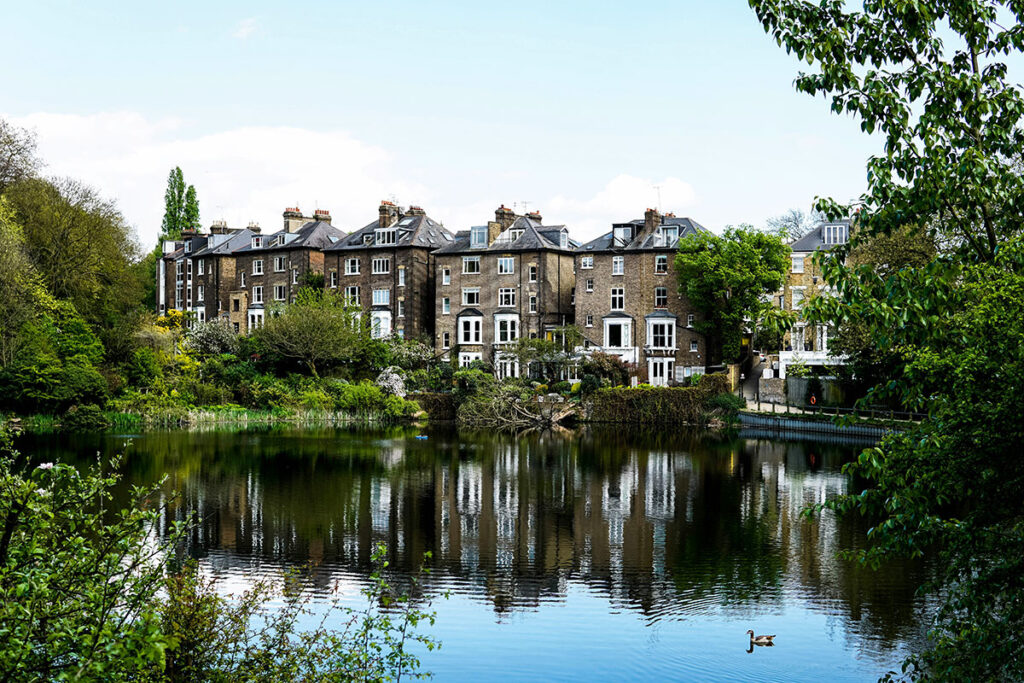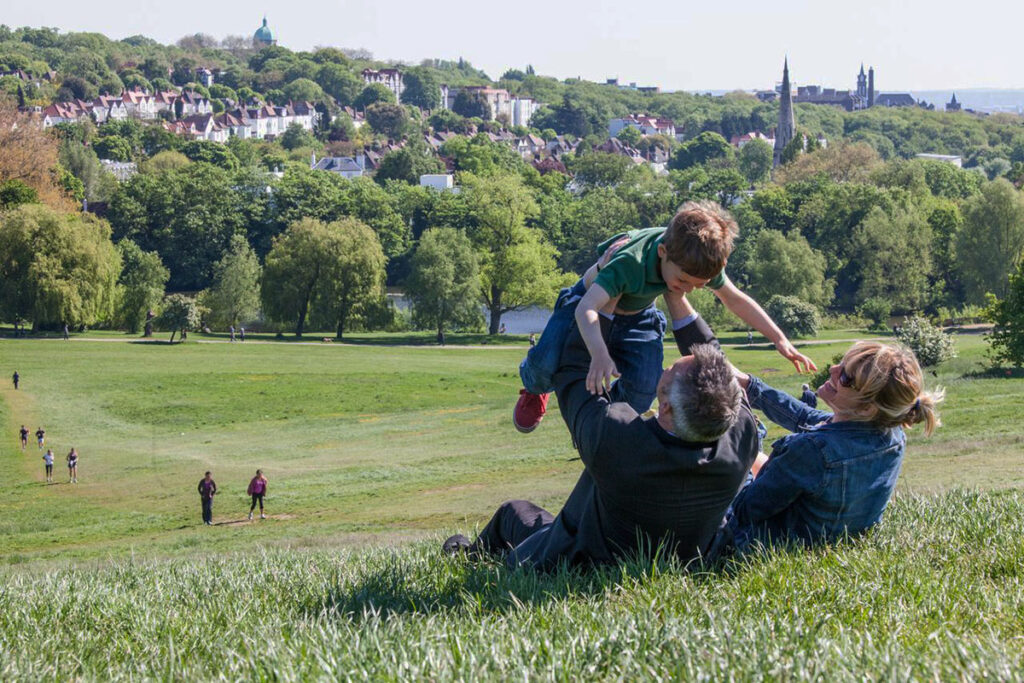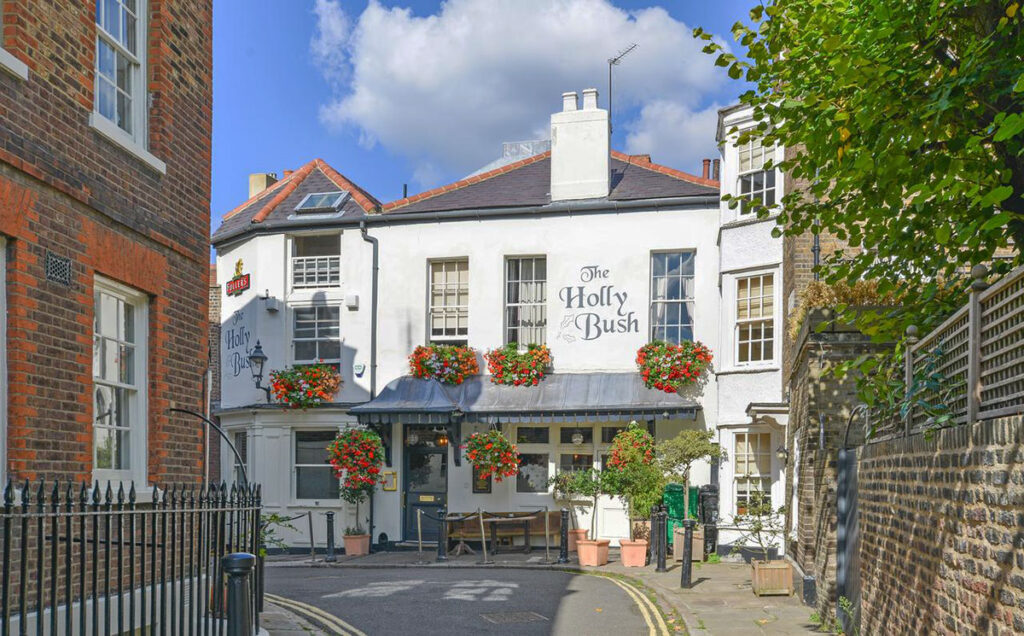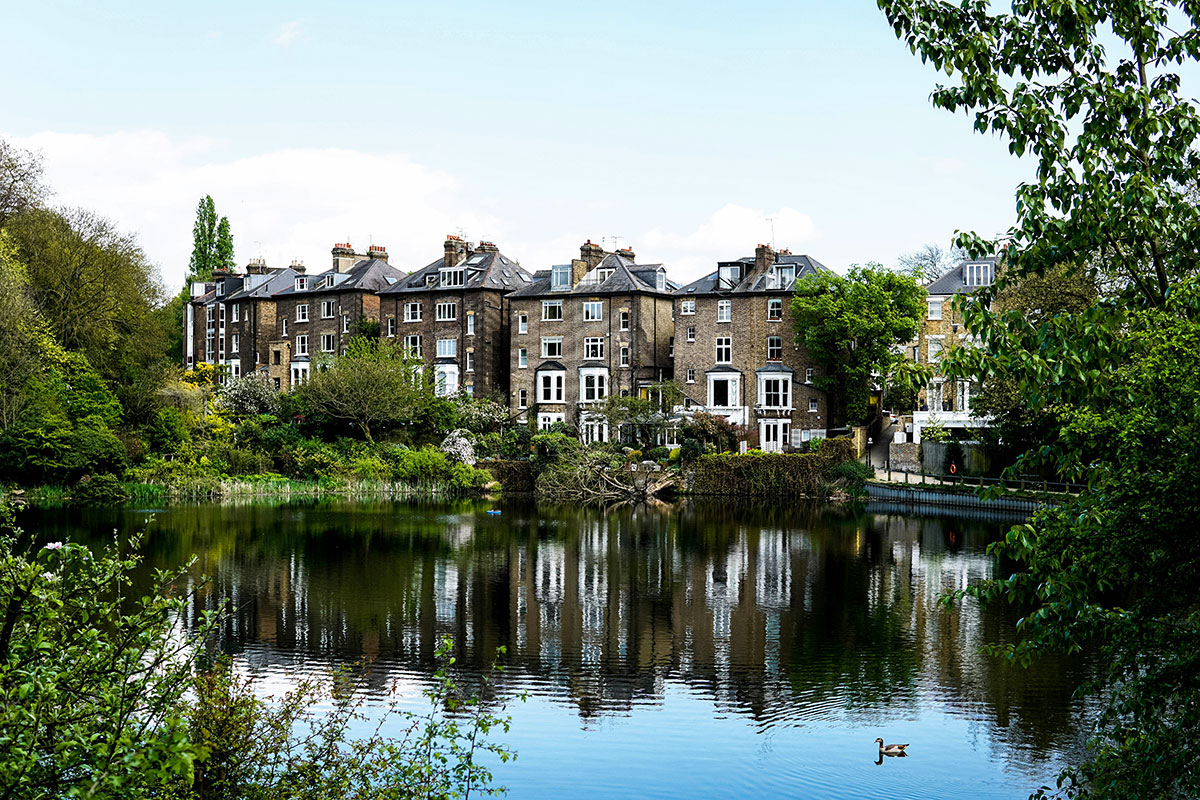One of the oldest areas in London, Hampstead speaks to both history and modern-day luxury with its sweeping views, architectural elegance and unique cultural backbone. Our North London specialist, Giles Elliott, uncovers what makes this part of the city such a special place to live

I’ve had the privilege of exploring hundreds of houses in Hampstead during the many years that I have worked as both a selling and buying agent in North London. The area’s rich history and architectural pedigree is endlessly fascinating and the people and stories of Hampstead are what make it unique.
I pride myself on knowing every detail of the houses here; from the ceiling height in the living room, to the view from the bedroom, even the noise level – or lack of – in the garden.
When I first start working with a client, I encourage them to go on a driving tour of the area to decipher exactly what they need, where they want to be and the kind of home they are looking for. I really listen to them so I can precisely tailor my search and save them so much time. Even if they’ve already been looking for six months, I can show them areas or streets that they didn’t know existed.
I’ve recently worked with an Australian academic relocating to work at a British university; an English lady who’s downsizing; a Hollywood A-list couple… Every search is very different, but my clients agree that Hampstead is a truly special place to call home.
A Rich History
The name ‘Hampstead’ derives from the Anglo-Saxon ‘Hamestede’ meaning homestead and it is shown as a small farm in The Domesday Book. In the 17th century it emerged as a popular resort for London’s wealthy looking for a retreat outside of the polluted city and it is still surrounded by greenery.
In those early days, there were just a handful of large merchant’s houses here that would go on to shape Hampstead’s legacy. The oldest of which is Fenton House, now owned by The National Trust, which was built by William Eades in the late 17th century.
Over the next few years eight to ten important houses dotted the landscape; homes for Earls, Lords and landowners who wanted to capitalise on the beauty and seclusion of the area. As the village developed, plots of land were sold off and houses were built for workers or renters, creating the fabric of the area we know today.
Hampstead has long attracted creatives and visionaries and its fascinating museums and exhibition spaces celebrate this heritage. The final home of the founder of psychoanalysis Sigmund Freud on Maresfield Gardens is now the Freud Museum, while the regency villa on Keats Grove where poet John Keats lived is now Keats House museum. There’s Burgh House, the Grade 1-listed Queen Anne house in Hampstead Village, Kenwood House on the edge of the Heath and 2 Willow Road; an innovative Modernist home designed by architect Erno Goldfinger, now owned by the National Trust.
It’s also an eye-spy of English Heritage blue plaques in Hampstead, with 60 of them marking the homes of its famous residents through the years, including composer Arthur Bliss on East Health Road, actor Richard Burton on Lyndhurst Road and artist Kate Greenaway on Frognal.

A Wellness Hub
Long before it became a popular destination for actors, writers and musicians, Hampstead was highly regarded for its clean water and fresh air. People from across London, particularly during the plague, flocked to Hampstead’s ancient Heath which is home to a large number of natural springs once believed to have healing powers.
The health benefits of Hampstead’s vast 790-acre Heath are still sought out today, offering tennis and athletics facilities, plenty of walks taking in fantastic views and its outdoor natural bathing ponds – open for brave swimmers year-round. Whenever I take people on a driving tour, I take them to see Judges Walk on the Heath, once a fashionable place for promenading which was painted by John Constable. Nearby is a huge web of fascinating little lanes and cottages – it doesn’t feel like you’re in the middle of London.
A popular pocket of Hampstead is the fantastically-named Vale of Health; a quiet cluster of houses cut into the Heath, which feels almost rural. Charming Victorian homes sit on winding, gravel lanes and many of these houses overlook one of Hampstead’s lesser-known ponds. Although I wouldn’t swim in that one, unless you want a belly full of tadpoles! Novelist and poet D.H. Lawrence lived at 1 Byron Villas on the Vale of Health in 1915 and it’s here that Bridget Jones lives in the latest film, Bridget Jones: Mad About the Boy.
Nearby Well Walk was established in the late 17th century as a public wells and pump room at the source of the Chalybeate Springs. The drinking fountain on Well Walk, at the foot of Wells Passage, commemorates the spa. The artist John Constable famously lived and died at the Grade II* listed number 40 Well Walk. Many of the houses on the street are Grade II listed and any existing original floor tiles, fireplaces and cornicing in these houses make them really special.
Hampstead’s Prettiest Roads
To the East of the village, Downshire Hill is one of the most picturesque roads in Hampstead, lined with Georgian, stucco-fronted cottages that sell for between £4–£8 million. Nearby Gainsborough Gardens, a private crescent around a peaceful communal garden, is another popular location, particularly for families. Many of its large Victorian houses are Grade II listed and were designed and developed by various different architects throughout the late 19th century. Well Walk has huge appeal for its history and beautiful architecture and Keats Grove is another popular road with a rich heritage.
To the West of the village is popular Redington Road, with Victorian houses, some lovely Edwardian Arts and Crafts style houses, even a beautiful new build block of flats. While the Village is hugely popular because of its shops and tube, the further you venture from it, the bigger the gardens. Leafy Templewood Avenue, which runs parallel to Redington Road is also very popular.
For a very different feel, Prospect Place off Holly Walk is magic. Built in 1796, it’s home to four cottages that you can only reach by walking alongside the cemetery. Alongside it is Benham’s Place built in 1813. You won’t find them on the map and you feel like you’re in the middle of the countryside here, despite being so close to the High Street.

Hampstead’s Most Coveted Houses
Not far away is Cannon Place, where you’ll find one of Hampstead’s most famous properties: Cannon Hall, home to a number of magistrates throughout the 1800s. They would hold trials in the billiard room before sending those found guilty down to The Clink. It later became actor Gerald du Maurier’s family home where his daughter, the renowned novelist Daphne grew up. This historic six-bedroom home with a swimming pool and half an acre of land sold for £28 million in 2015.
Tucked behind what was the Old Parish Lock Up, where you can still see the fantastic barred windows built into the garden wall of Cannon Hall, is number 11 Cannon Lane. Built in what was the grounds of Cannon Hall and designed by local architect Edward Greenaway, this is a very funky contemporary house with no stairs – just ramps everywhere.
There are 10-15 large, important, expensive houses full of history in Hampstead and by pure coincidence seven of them are for sale at the moment, which is unheard of. Many of these now sit between houses from all sorts of different periods and architectural styles, which I love. It’s so fascinating to see how this old village has evolved.
One of my favourite Hampstead houses is the Grade I-listed Georgian Romney’s House on Holly Bush Hill. It used to be the assembly hall and there’s a balcony where the speaker addressed the Lords – the first floor has 18ft ceiling heights. It’s phenomenal, I want to buy it! If it was right for a client, I would point it out from day one. George Romney was a famous artist and he lived in the house behind, which is currently for sale for £18m for the first time since 1992. It’s absolutely magical and it was a pleasure to see inside it recently.
If you like antiques and classic cars then Hampstead’s historic houses are for you. I, personally, would only ever buy a period property because I love high ceilings, open fireplaces and character. Buying a historic home here comes with a sense of stewardship and responsibility to protect and preserve its history. You’re the custodian of a slice of London’s history, which is very special indeed.

Giles Elliott is our specialist Partner in North and North-West London.
For news, expert commentary and invaluable property insight, subscribe to The Insider, our quarterly newsletter, here.
